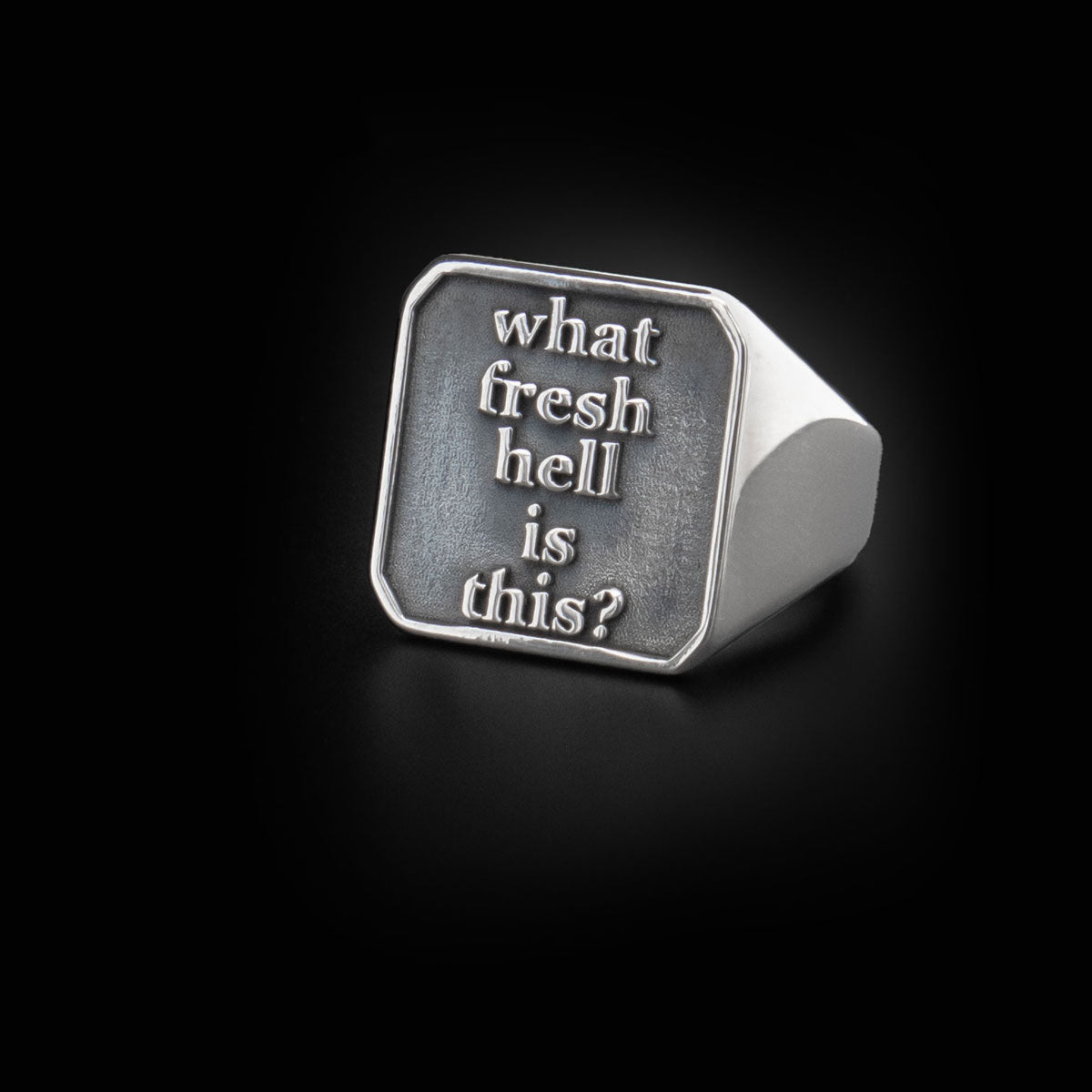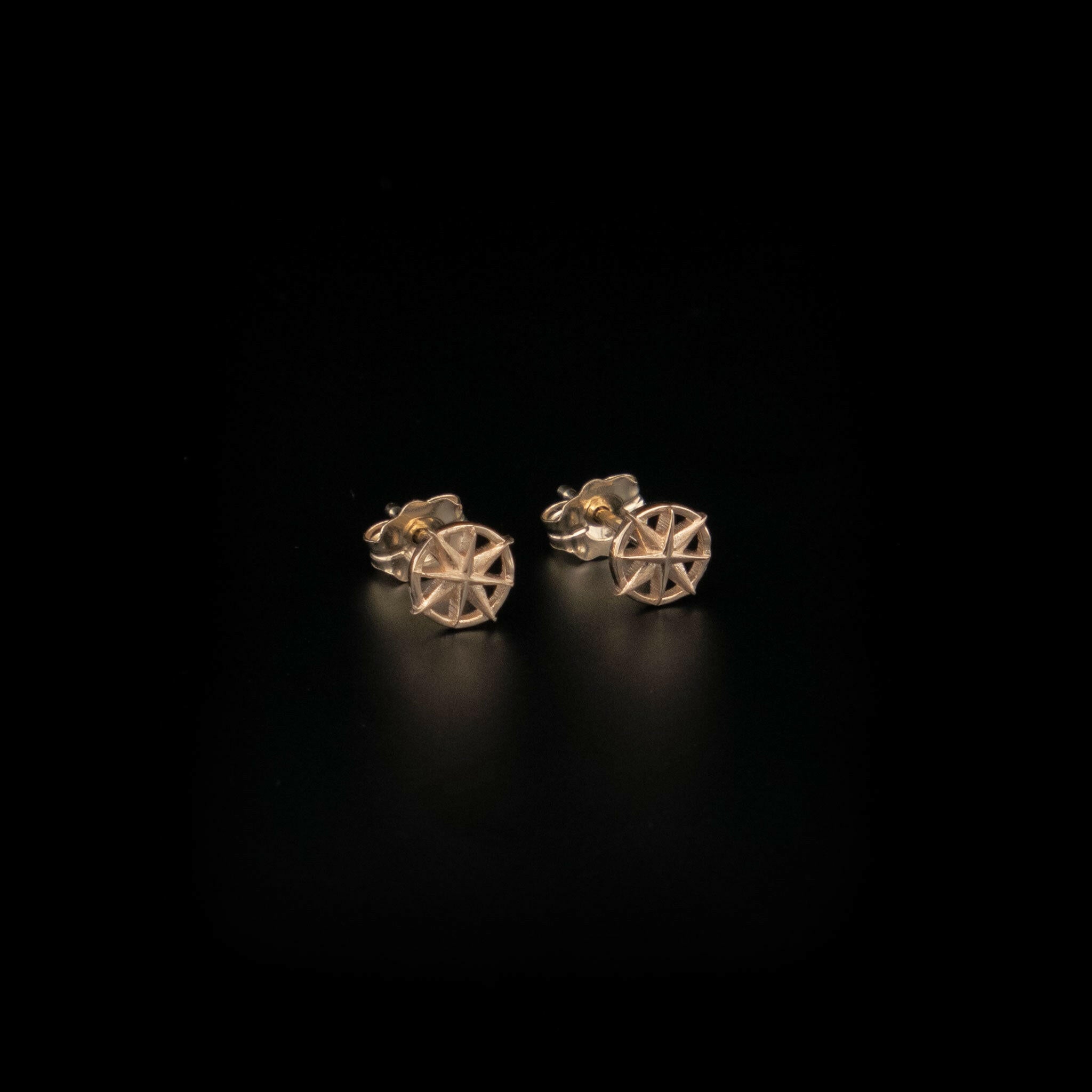Do you love the look of diamonds and hard-to-acquire gemstones but worry about their origin? This blog post will cover mining and environmental concerns for earth-mined diamonds and natural gemstones, sustainable mining, and options for eco-friendly gemstones and lab-grown or synthetic diamonds.
Being conscious of the world around us and striving to preserve the environment will not come at the price of beauty. Instead, it opens up a world of show-stopping vibrancy and superior sparkle waiting to be discovered, reimagined with a socially conscious style for those who seek something out of the box yet perfect for frequent wear.
This blog post will cover the following topics:
- Diamond & Gemstone Mining Concerns
- Environmental Impact
- Labor Conditions
- Conflict-Free Diamonds
- Lab-Grown Diamonds
- Imperfect Diamonds: Perfectly Sustainable
- Ethical Gemstones Defined
- Gemstone Origin
- Practical Knowledge and Steps to Take
- Key Takeaways
Diamond & Gemstone Mining Concerns
Diamond and gemstone mining can have environmental, social, and ethical implications that may permanently affect the world far off into the future, not just immediately, with implications we do not yet know. Breakthroughs like carbon-negative diamonds are helping to reverse the trend of harmful mining. These factors include:
Environmental Impact
Natural diamonds and gemstones are sourced from the earth. These methods may increase significant environmental damage through mining. Some mining concerns include soil erosion and disrupting the harmonious balance of natural habitats. This is caused by destructive machinery and other techniques used to uncover possible diamonds and gemstones.
Labor Conditions
Mining practices take place throughout the world. Harsh labor conditions with long hours involving dangerous activities and low wages lead to human rights violations. Forced labor and the displacement of local communities disrupt small and large populations, adding to the stress.
Social responsibility reinforces fair labor practices and support for local communities in any area leading to safer working conditions, fair wages, and awareness of environmental concerns.
Keep Your Jewelry Looking New
Conflict-Free Diamonds
Disclosing information about supply chains, environmental impact assessments, and community engagement initiatives is referred to as ethical diamonds.
Conflict-free diamonds have not been used to finance civil wars. The Kimberley Process was implemented in its member states in 2003, attempting to pin-point diamond origin. This process follows diamonds from mine to market, ensuring conflict diamonds don't enter the global diamond trade. However, there's not enough oversight and no clear-cut way to verify their origins.
Lab-Grown Diamonds
Carbon-neutral, carbon-negative diamonds, or lab-grown diamonds are created in a controlled environment using modern technology mimicking the natural growth process, chemical and optical characteristics of earth-mined diamonds.
Lab-grown diamonds may also be referred to as laboratory-grown, laboratory-created, man-made, artisan-created, artificial, synthetic, or cultured diamonds. Since these diamonds are not earth-mined and involve none of these labor and environmental concerns and practices, they are considered eco-friendly and socially-conscious.
Selecting lab-grown diamonds makes sustainable jewelry easy to consider because they are widely available in different sizes, shapes, and quality. Have the look you want at a fraction of the price—lab-grown diamonds are more affordable than natural diamonds when all the 4Cs are equal (cut, color, clarity, and carat).
Imperfect Diamonds: Perfectly Sustainable
Salt and pepper diamonds and imperfect diamonds are great choices for those who love natural earth-mined diamonds. These captivating diamonds exhibit eye-visible internal growth characteristics. Salt and pepper diamonds refer to the dark and light inclusions clearly apparent within the stone; they are graded I3. In the past, having such noticeable “imperfections" were undesirable. However, the diamond shows its own unique growth formation, with no two diamonds alike.
Browse Our Collections
Ethical Gemstones Defined
Ethical gemstones have been sourced, mined, and traded using socially and environmentally responsible methods described above (fair labor practices, fair wages, minimal environmental impact).
Gemstone Origin
Gemstones are commonly mixed or set with gemstones and diamonds sourced throughout the world, making it harder to detect the origin of the gemstone.
Most gemstones are not identified specifically by their origin, unless they are guaranteed by the gemstone dealer and company selling them. These loose stones or finished jewelry may be accompanied by a certification upon purchase with information detailing the stones origins and quality. For example, you can typically trace Montana sapphires back to Montana's Rock Creek or Yogo Gulch.
Practical Knowledge and Steps to Take
The following is a list of suggestions for finding out the ethical background of gemstones.
1) Origin History by Name
Trying to find out where the gemstone is mined leads to information about its origins and labor practices. For example, turquoise is often named after the mine they are sourced from, displaying tell-tale color saturation and spider web matrix (30 types of turquoise commonly found in southwestern jewelry). Precious colored stones like Ceylon sapphires are from Sri Lanka and are widely used for engagement rings and other bespoke jewelry). Rubies and emeralds exhibit distinctive hues, offering details on their possible origin, quality, and value.
2) In-Depth Online Searches
Inquiring and doing research for your gemstone makes learning about them even more fascinating. Searching for similar gemstones online and learning about certain hues and saturation leads to gemstone identification.
3) Modern Technology
Taking photos of your gemstone and uploading them into Google Images may offer similar-looking stones with the same color, growth characteristics, and price point may increase your awareness and knowledge of any gem or diamond.
4) Professional Consultation
Sending photos of your gemstone or jewelry to a professional online who offers consultations is an effective way of discovering your stone’s journey. Consulting a jewelry professional in person will help alleviate concerns or introduce you to new facts about the gemstone in question.
Key Takeaways
Lab-grown diamonds, carbon-neutral and carbon-negative diamonds are synthetic diamond alternatives, making sustainable jewelry easier to purchase without causing excess emissions into the atmosphere. These diamonds display all the beauty, fire, and elegance traditional diamonds offer but with a different meaning behind their origin.
Striving toward an increase in sustainable mining practices minimizes environmental destruction and ethical concerns in the future by choosing to purchase something different, putting eco-friendly gemstone options in a brand new light.
Taking steps and asking about the origin of gemstones is recommended. Analyzing the origin of any stone is not only socially conscious, it also opens up a new door of luxury waiting to be discovered. Precious and semi-precious gemstones don’t have to come with a high price tag on the ecosystem.
ABOUT ILAH CIBIS JEWELRY
Looking for a Worcester jewelry store that carries lab-grown diamonds and other LGBT jewelry? We specialize in unique, colorful, responsibly sourced jewelry, daddy rings, lesbian jewelry, and other queer-friendly jewelry as Worcester, MA's top independent jewelry store.
Radically Personal. Unapologetically Human. Made with fierce love.
-Ilah ♥ / IG: @ilahjewelry









Leave a comment
This site is protected by hCaptcha and the hCaptcha Privacy Policy and Terms of Service apply.